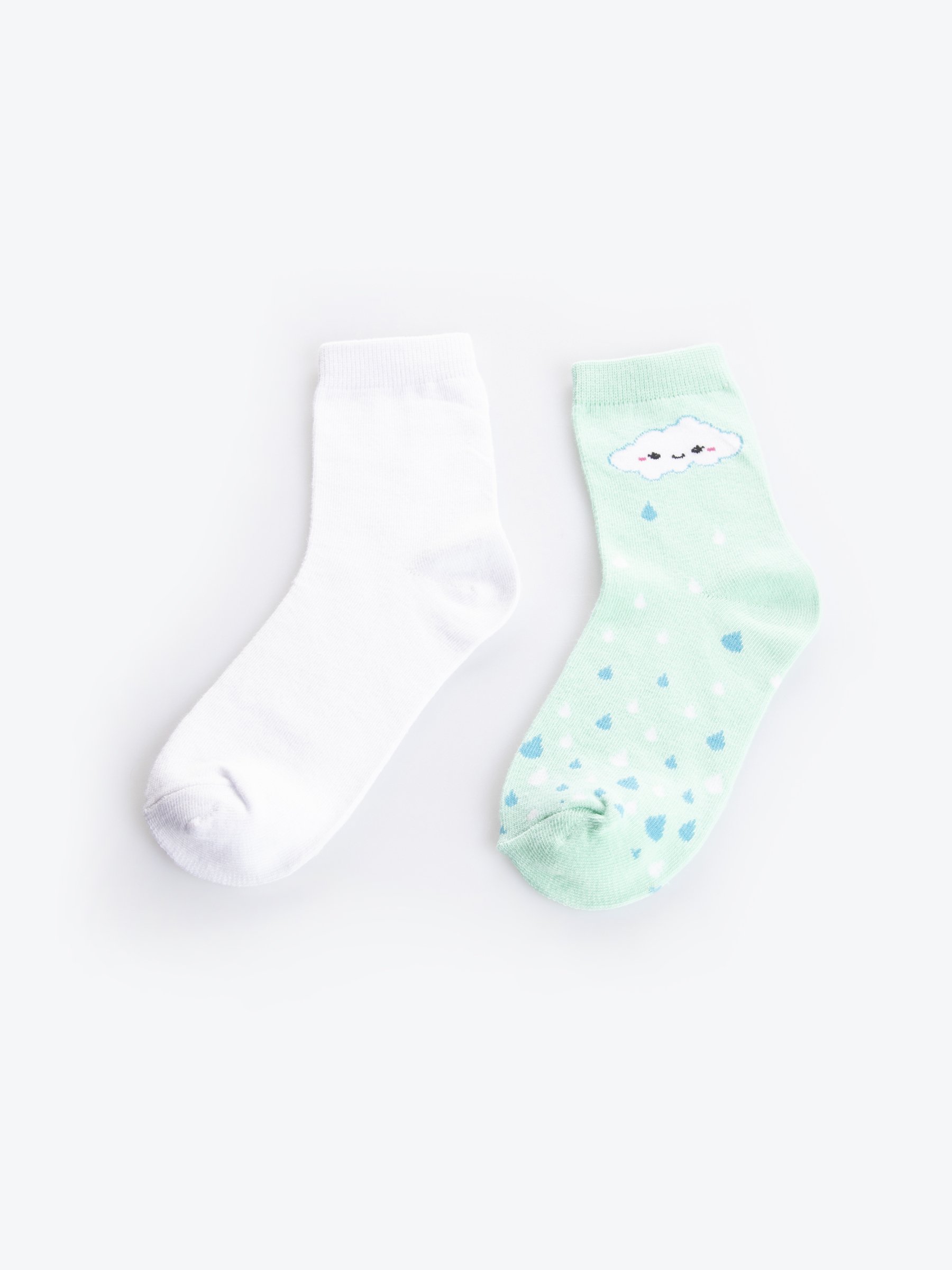Compression socks and hosiery are offered in varying compression levels. The amount of pressure that the hose or socks exert on the legs is measured in milligrams of mercury, abbreviated mmHg. Mild compression socks typically have ratings of 8 to 15 mmHg and are recommended for mild symptoms. Truform Surgical Stockings, 18 mmHg Compression for Men and Women, Thigh High Length, Open Toe, White, X-Large 4.2 out of 5 stars 356 $19.54 $ 19. 54 ($19.54/Count).
- Compress 1 0 1 – Image Compression Stockings Size
- Compress 1 0 1 – Image Compression Stockings Compression
- Compress 1 0 1 – Image Compression Stockings Hosiery
- Compress 1 0 1 – Image Compression Stockings Thigh High
You wear compression stockings to improve blood flow in your legs. Compression stockings gently squeeze your legs to move blood up your legs. This helps prevent leg swelling and, to a lesser extent, blood clots.
If you have varicose veins, spider veins, or have just had surgery, your health care provider may prescribe compression stockings.
Compression socks and stockings are garments that apply various levels of pressure to the feet or legs to improve blood flow and decrease swelling. These circulation stockings help treat and prevent many issues such as edema, phlebitis, varicose veins, lymphedema, and deep vein thrombosis.

Wearing stockings helps with:
- Aching and heavy feeling in legs
- Swelling in legs
- Preventing blood clots, primarily after surgery or injury when you are less active
Talk to your provider about what kind of compression stockings are right for you. There are many different compression stockings. They come in different: Metadatics 1 6 2.
- Pressures, from light pressure to strong pressure
- Lengths, from knee-high to the top of the thigh
- Colors
Compress 1 0 1 – Image Compression Stockings Size
Call your health insurance or prescription plan:
- Find out if they pay for compression stockings.
- Ask if your durable medical equipment benefit pays for compression stockings.
- Get a prescription from your doctor.
- Find a medical equipment store where they can measure your legs so you get a good fit.
Follow instructions on how long each day you need to wear your compression stockings. Audio hijack 3 6 4x4. You may need to wear them all day.

Wearing stockings helps with:
- Aching and heavy feeling in legs
- Swelling in legs
- Preventing blood clots, primarily after surgery or injury when you are less active
Talk to your provider about what kind of compression stockings are right for you. There are many different compression stockings. They come in different: Metadatics 1 6 2.
- Pressures, from light pressure to strong pressure
- Lengths, from knee-high to the top of the thigh
- Colors
Compress 1 0 1 – Image Compression Stockings Size
Call your health insurance or prescription plan:
- Find out if they pay for compression stockings.
- Ask if your durable medical equipment benefit pays for compression stockings.
- Get a prescription from your doctor.
- Find a medical equipment store where they can measure your legs so you get a good fit.
Follow instructions on how long each day you need to wear your compression stockings. Audio hijack 3 6 4x4. You may need to wear them all day.
The stockings should feel strong around your legs. You will feel the most pressure around your ankles and less pressure higher up your legs.
Put on stockings first thing in the morning before you get out of bed. Your legs have the least amount of swelling early in the morning.
- Hold the top of the stocking and roll it down to the heel.
- Put your foot into the stocking as far as you can. Put your heel in the heel of the stocking.
- Pull the stocking up. Unroll the stocking over your leg.
- After the top of the stocking is in place, smooth out any wrinkles.
- Do not let the stockings bunch up or wrinkle.
- Knee length stockings should come to 2 fingers below the knee bend.
If it's hard for you to put on the stockings, try these tips:
- Apply lotion on your legs but let it dry before you put on the stockings.
- Use a little baby powder or cornstarch on your legs. This may help the stockings slide up.
- Put on rubber dishwashing gloves to help adjust the stockings and smooth them out.
- Use a special gadget called a stocking donner to slide the stocking over your foot. You can buy a donner at a medical supply store or online.
Keep the stockings clean:
Compress 1 0 1 – Image Compression Stockings Compression
- Wash the stockings each day with mild soap and water. Rinse and air dry.
- If you can, have 2 pairs. Wear 1 pair each day. Wash and dry the other pair.
- Replace your stockings every 3 to 6 months so that they maintain their support.
If your stockings feel too uncomfortable, call your provider. Find out if there is a different kind of stocking that will work for you. Do not stop wearing them without talking to your provider.
Compression hose; Pressure stockings; Support stockings; Gradient stockings; Varicose veins - compression stockings; Venous insufficiency - compression stockings
Compress 1 0 1 – Image Compression Stockings Hosiery
Caprini JA, Arcelus JI, Tafur AJ. Venous thromboembolic disease: mechanical and pharmacologic prophylaxis. In: Sidawy AN, Perler BA, eds. Rutherford's Vascular Surgery and Endovascular Therapy. 9th ed. Philadelphia, PA: Elsevier; 2019:chap 146.
Compress 1 0 1 – Image Compression Stockings Thigh High
Lim CS, Davies AH. Graduated compression stockings. CMAJ. 2014;186(10):E391-E398. PMID 24591279 www.ncbi.nlm.nih.gov/pubmed/24591279.
Updated by: Laura J. Martin, MD, MPH, ABIM Board Certified in Internal Medicine and Hospice and Palliative Medicine, Atlanta, GA. Also reviewed by David Zieve, MD, MHA, Medical Director, Brenda Conaway, Editorial Director, and the A.D.A.M. Editorial team.

